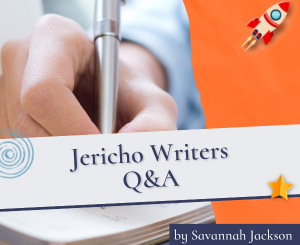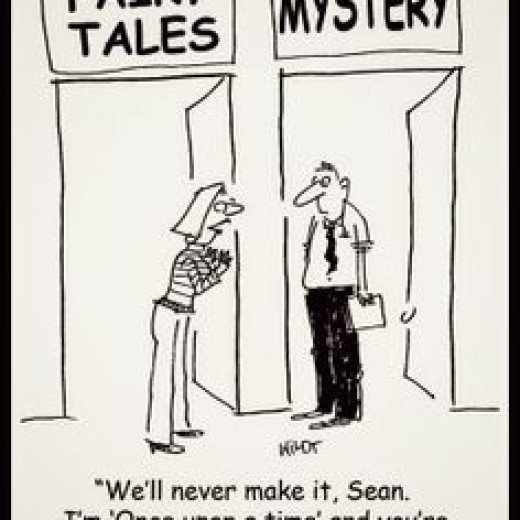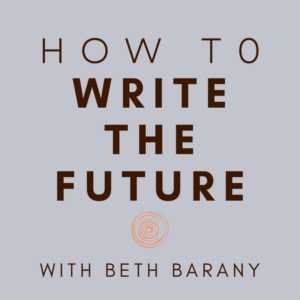4 Ways to Create Compelling Conflict in Your Romance by Savannah Cordova
 Today we welcome back Savannah Cordova to Writer’s Fun Zone. She is stopping by to chat with us about “4 Ways to Create Compelling Conflict in Your Romance.” Enjoy!
Today we welcome back Savannah Cordova to Writer’s Fun Zone. She is stopping by to chat with us about “4 Ways to Create Compelling Conflict in Your Romance.” Enjoy!
***
One of the biggest complaints among romance readers is that romantic conflict is often poorly executed.
Either it’s too big (and therefore unrealistic to think one or both parties could get past it), too small (meaning it adds almost nothing to the plot), or so contrived that it makes the whole story feel artificial.
But there’s a reason these complaints are so prevalent: it’s hard to introduce meaningful, realistic, well-proportioned conflict in a romance!
Let’s talk about striking the right balance — here are 4 ways to create compelling conflict in your own romance novel.
1. Try a (legitimate) miscommunication
I’ll kick things off with a controversial one: the miscommunication trope.
Pretty much every romance reader will be familiar with this one… and many, understandably, do not like it.
This is because, in romance, “miscommunication” often takes the form of the main couple inexplicably failing to discuss their (quite solvable) problems.
Person A might assume Person B isn’t as serious about the relationship as they are, or they’re hung up on their ex, or they want something that Person A can’t provide… but instead of just asking them about it, Person A starts spiraling and self-sabotaging, leading to an inevitable break with Person B.
Of course, when A and B get back together and start becoming more open with each other, this form of miscommunication rings false — because why not just do that in the first place?
So if you plan on invoking miscommunication in your romance, make sure it’s about something “heavy” enough that readers will grasp why your MCs struggle with it… and if possible, throw in a few more obstacles to prevent them from communicating clearly.
The classic example here is Pride and Prejudice.
Elizabeth and Darcy are constantly verbally sparring, usually in mixed company, and often under “decorous” circumstances — not exactly optimal for heart-to-heart confessions.
It’s no wonder that Lizzie gets the wrong idea about Darcy’s intentions toward her… and about why he steered Bingley away from her sister Jane.
When Lizzie receives Darcy’s letter explaining everything, it’s arguably the emotional heart of the book — but it only works because Austen has constructed a world in which their previous misunderstandings felt organic.
If Lizzie and Darcy were otherwise straight with each other (or if there were no Caroline Bingley to interfere) then their miscommunications, subsequent clarifications, and eventual romance would all feel unearned.
2. Make them professional rivals
This is another tricky strategy for romantic conflict, because it can quickly spiral into “too big” territory; readers are unlikely to forgive a romantic lead who undercuts their partner just to get ahead at work.
But when calibrated correctly, it’s a great way to infuse conflict — and as an added bonus, it means your MCs will automatically have certain things in common.
The Hating Game by Sally Thorne may be polarizing on Goodreads, but it still represents the best of this tactic in my opinion.
In the book, Lucy and Josh are high-level assistants at a publishing house who — much like Lizzie and Darcy — are always trying to outdo each other.
Needless to say, when an opportunity arises for a promotion, Lucy is determined to beat Josh… but her office psy-ops turn confusing when she realizes she’s attracted to him.
After a heated kiss in the office elevator, Lucy and Josh’s rivalry goes from hateful to playful — and crucially, when push comes to shove with the promotion, Lucy ends up (rightfully) getting it, with Josh choosing (of his own accord) to transfer elsewhere.
Another great rom-com where the MCs are professional rivals is Book Lovers by Emily Henry. (Isn’t it funny how these stories often take place in the publishing world?)
In this one, we follow Charlie and Nora: an acquiring editor and literary agent respectively, both based in NYC.
Their rivalry is established in the book’s prologue, in which Nora tries to sell Charlie her client’s latest title, which he coldly rejects.
But despite their different personal styles, it’s clear from the conversation that they share certain key traits: good taste in literature, a similar sense of humor, and of course, their professional ambition.
As the story unfolds, we see how these commonalities — and their natural chemistry — come to dissipate any animosity.
(This is also helped by the fact that they’re on vacation most of the time, in a charming country town called Sunshine Falls.)
Indeed, one thing that The Hating Game and Book Lovers do right is that neither is excessively work-focused; as a result, any work-related details feel charming and cohesive, rather than tedious and unromantic.
Both Thorne and Henry also, wisely, refrain from creating truly cutthroat situations for their heroes and heroines — that is, they’re never forced to choose between work and each other.
Anyone else writing a workplace romance would be wise to follow their lead!
3. Add another person into the mix
To keep the Emily Henry train going, introducing a new character is another one of her favorite paths to romantic conflict.
Even if this character doesn’t directly create conflict themselves, their addition is often a good way to complicate or intensify an existing conflict.
Of course, the phrase “another person” might bring to mind the dreaded love triangle — another much-maligned trope in the romance community.
But what I’m talking about here isn’t necessarily a love triangle; you just need someone, anyone, who’s going to throw a wrench in the narrative works.
It could be a skeptical coworker expressing concerns; an estranged family member resurfacing and causing chaos; or even an omnipresent housemate who keeps “third-wheeling” the couple, so to speak.
In Emily Henry’s Funny Story, we get a wonderful “complicator” in the form of the male MC’s sister, Julia.
She arrives just when the main characters, Daphne and Miles, are starting to become physically and emotionally intimate.
But because Miles and Daphne live together (having been roommates before romance blossomed), Julia coming to stay at their apartment brings that intimacy to a screeching halt.
It’s also revealed over the next few chapters that Miles and Julia have a complex relationship: Miles, who is older, feels guilty for “abandoning” Julia to their emotionally abusive mother when he moved out, while Julia just wants him to be there for her now.
It turns out this is something he needs to grapple with before he can be a good partner to Daphne, so it all ties back to the main plot — again, making the story more layered and compelling.
4. Use a psychological hangup (with care!)
On a related note, let’s talk more about psychological hangups.
Romance novels are notorious for using trauma as a character development shortcut, especially with male MCs.
I blame Fifty Shades of Grey for this phenomenon; Christian Grey paved the way for countless more dark, brooding male MCs with “trauma-based” personalities.
That said… a specific, well-developed psychological hangup can certainly be a rich source of conflict in romance.
So long as you’re not going overboard with gratuitous trauma descriptions or relying on stereotypes, you can absolutely root your romantic conflict in one (or both) of the main characters’ psychological issues.
One of my favorite iterations of this — though not in a full-on romance, but instead a romantic subplot — is Kaz and Inej’s relationship in Leigh Bardugo’s Six of Crows.
Their dynamic is beautifully developed, each one complementing and challenging the other, and their slow-burn attraction is undeniable… but because Kaz has a severe phobia of being touched, Inej worries that she will never have him “without armor,” as she desires.
Without sufficient explanation, this might feel frustrating or even unrealistic — but Bardugo lays plenty of groundwork for Kaz’s condition. In Six of Crows, she reveals through flashbacks that Kaz caught the plague as a child and was presumed dead.
He was then collected onto a barge of corpses, and only managed to escape by using his dead brother’s body to swim away.
(After that, who wouldn’t have a phobia of skin-on-skin contact?)
And Bardugo doesn’t stop there. Not only does she make the reader understand and sympathize with Kaz and Inej, but she also shows them both striving to surmount the issue.
Kaz, in particular, “does the work” in the SoC sequel to get over his phobia; Inej, in turn, doesn’t push him beyond his limits, but does encourage him to pursue what he really wants.
The sequel ends with them standing together, holding hands — not exactly the passionate embrace of most romance HEAs, but definitely the most authentic outcome for these characters.
Authenticity is the name of the game
And authenticity is the name of the game in romance. If your conflict doesn’t feel real, your characters won’t either!
So keep these tips and examples in mind as you’re building your next romantic conflict, and remember: even the most hated tropes can be rehabilitated with a bit of character development, slowly mounting tensions, and a realistic resolution.
***
About The Author
Savannah Cordova is a writer with Reedsy, a marketplace that connects authors with resources and professionals to help them publish a book. In her spare time, Savannah enjoys reading contemporary fiction, writing short stories, and analyzing literature into the ground.







